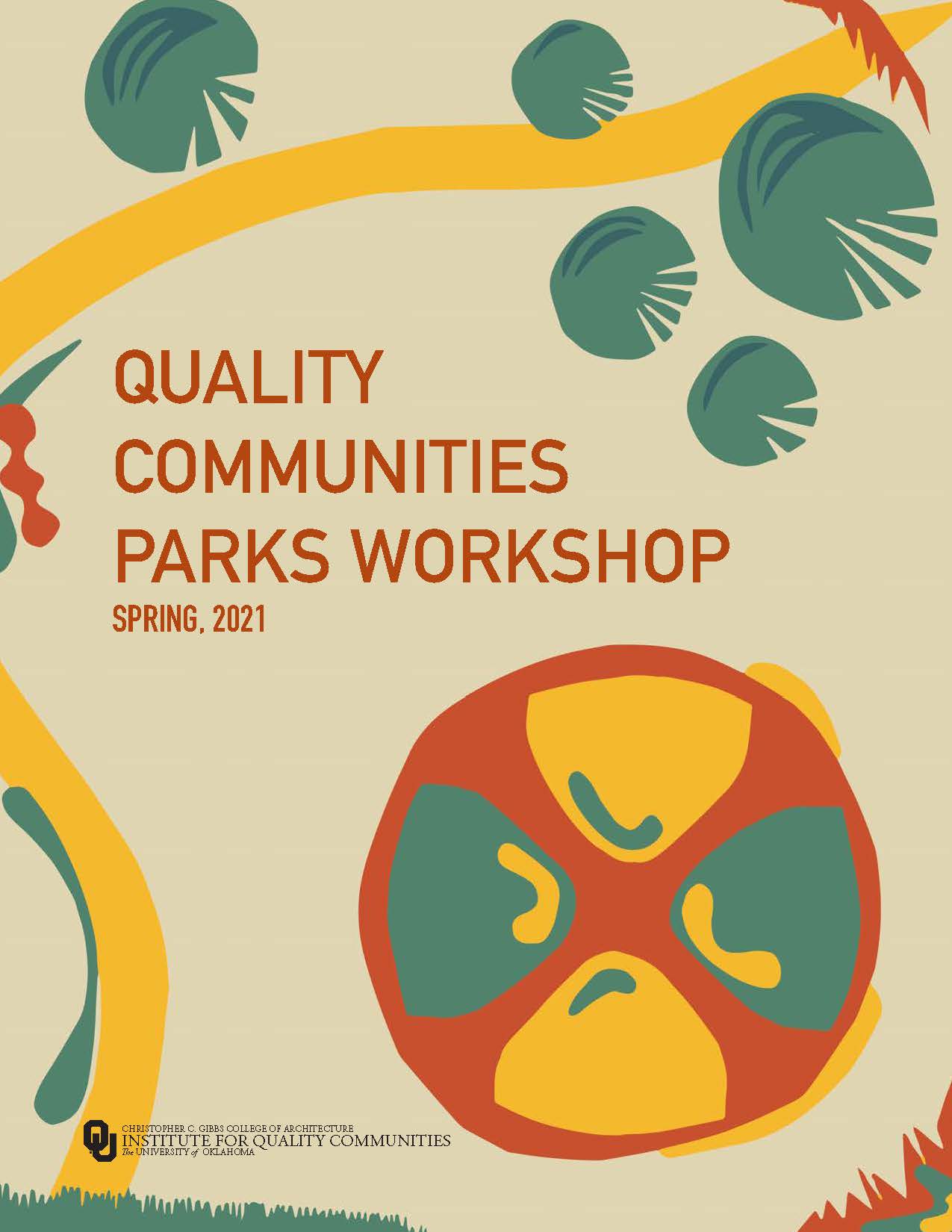Quality Communities Parks Workshop
IQC assisted the Hollis, Lone Wolf and Stroud communities in planning for future park improvements
In the summer of 2020, the communities of Hollis, Lone Wolf, and Stroud submitted proposals to the OU Institute for Quality Communities (IQC), seeking assistance planning for future improvements to local parks. IQC’s annual request for proposals is sponsored in part by the Oklahoma Municipal League (OML), which provides matching funds to member communities seeking IQC assistance.
IQC coordinated the parks workshop so that all three communities could participate as a cohort, learning from the same educational programs and learning from each other’s parks. The goal of the workshop was to gain familiarity with the three local parks, understand the goals of local residents and leaders, and develop preliminary guidance for improvements to the parks. While much of the work and conversations took place virtually, the IQC team was able to make an on-site visit to each community to meet with staff and stakeholders.
Following the site visits, the IQC team developed a series of proposals for each community. Each community had a unique site and goals, leading to three distinct sets of proposals: In Hollis, the existing park is a minimally developed open space located at the west entrance of the community. Residents sought advice for a performance stage. The team developed a concept for a branded park, “The Boundary,” with a performance stage and features to support the use of the park as an entertainment venue. In Lone Wolf, the existing park is located on the main highway through town, with some existing play and picnic facilities, and is the venue for an annual Pow Wow gathering. Residents sought a phased plan to add basic amenities and improve the appearance of the park. The team developed a concept to redevelop the park with a nature play area, walking trails, Pow Wow or performance lawn, and new picnic facilities. In Stroud, the existing Foster Park is a highly programmed and developed park with a scenic appearance, located in a neighborhood and adjacent to schools. Community leaders sought advice on pedestrian and bicycle circulation, as well as aesthetic and incremental improvements to the park. The team focused on strategies that preserve the park’s quality, like a tree inventory, and that tie the park’s existing amenities together as an experience through aesthetic upgrades and wayfinding.
